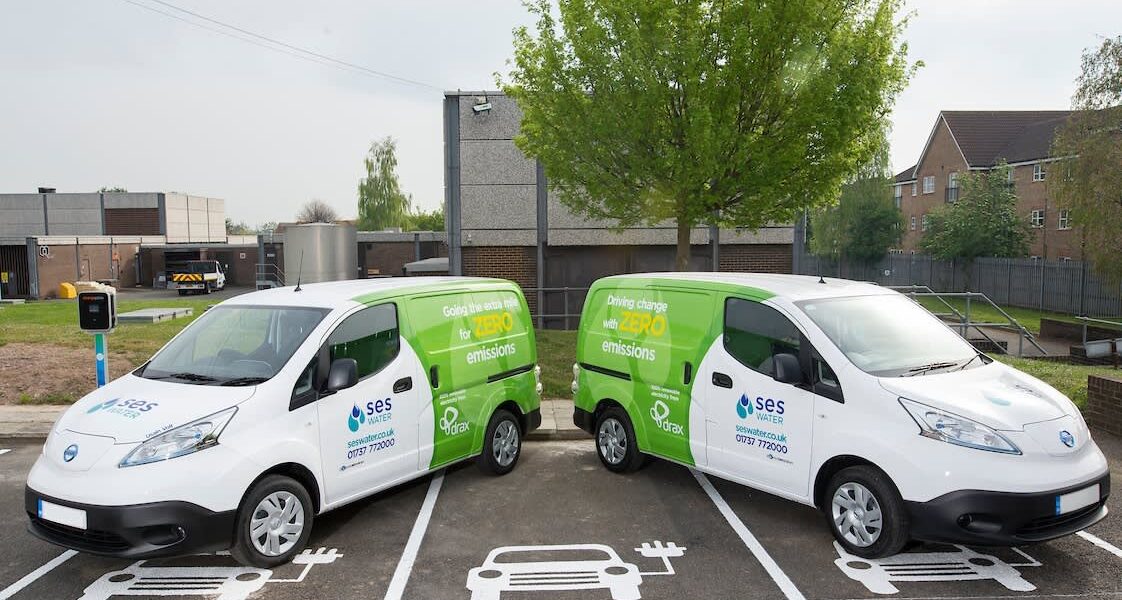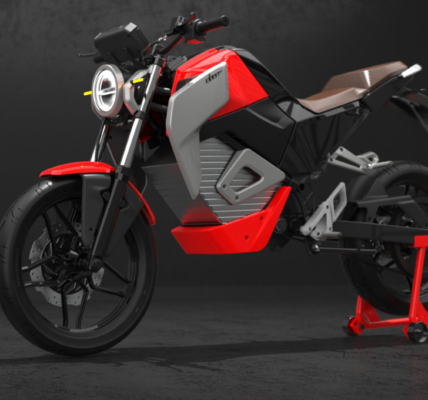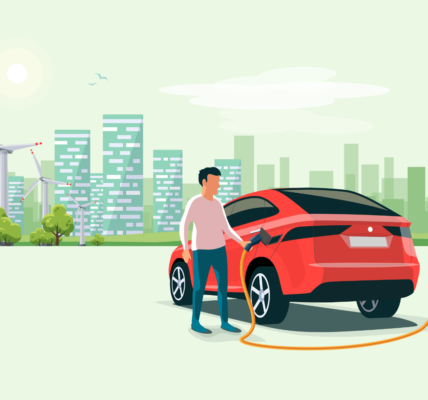It is more important than ever to switch to sustainable forms of transport as the globe struggles with climate change and environmental destruction. Electric cars (EVs), which offer lower emissions and a reliance on fossil fuels, have become a viable alternative. However, the expansion of the fleet of electric vehicles depends on the establishment of a strong infrastructure for charging EVs before they are widely used.
Fortunately, the adoption of electric vehicles is going more smoothly, thanks to creative developments in EV charging infrastructure.
According to industry experts, the number of EV charging stations in India is likely to surpass one lakh by the end of the decade, from the current 16,271, due to the country’s rapidly increasing use of electric vehicles. While growth isn’t an imminent issue, different charging stations’ standards is.
Expanding fast-charging stations is one of the most significant developments in EV charging infrastructure. An EV’s adoption is severely hampered by the lengthy charging times associated with traditional techniques, which can take several hours to fully charge an EV, especially for long-distance driving. On the other side, fast-charging stations use powerful chargers to provide a significant charge in a shorter amount of time. These stations allow EV drivers to easily and swiftly refuel their batteries. They are positioned strategically along roads and in urban areas. The development of fast-charging technology has made electric vehicles much more viable and practical for daily use.
Furthermore, the effectiveness and efficiency of the infrastructure for EV charging has greatly improved, thanks to developments in battery technology. Most electric vehicles run on lithium-ion batteries, which have gotten lighter, more compact, and more energy-dense over time. This has allowed for longer driving ranges and quicker charging periods. The appeal of electric vehicles is further enhanced by technological advancements like solid-state batteries and sophisticated cathode materials, which promise even greater increases in energy density, safety, and endurance.
Innovations in EV charging infrastructure are concentrated on optimising user convenience and accessibility in addition to improving charging speed and battery technology. EV drivers may plan charging sessions during off-peak hours, remotely monitor charging status, and receive real-time updates on available charging stations thanks to smart charging systems that come with integrated software and communication features. In addition, the incorporation of payment methods and intuitive interfaces streamlines the charging procedure, increasing accessibility for a wider range of users.
Vehicle-to-grid (V2G) technology, which is the idea of bidirectional charging, is another noteworthy advancement in EV charging infrastructure. Electric vehicles have historically been electricity users, using grid power to replenish their batteries. But as EVs can charge in both directions, they can also function as energy sources by contributing extra electricity to the grid during times of high demand or taking part in demand response schemes. In addition to improving grid resilience and stability, this two-way flow of electricity gives EV owners a chance to profit from their car’s battery capacity, opening up a new revenue stream and encouraging EV adoption.
Furthermore, dynamic charging options are included in EV charging infrastructure advancements, which go beyond conventional fixed charging stations. By embedding charging coils within parking spots or roadways, dynamic charging—also referred to as in-road or wireless charging—allows electric vehicles (EVs) to charge while parked or while they are moving without using physical cords. Range anxiety is addressed by this smooth integration of charging infrastructure into the current infrastructure, which reduces the need for specialised charging stations and is especially beneficial for autonomous vehicles and commercial fleets.
In addition, the sustainability of EV charging infrastructure is being revolutionised by the introduction of renewable energy integration. Electricity is produced by solar-powered charging stations, which use the sun’s plentiful energy to create electricity. This clean, renewable energy source is used to charge electric cars. Energy storage systems and EV charging infrastructure can be combined to store and use excess renewable energy, which lessens dependency on the grid and promotes environmental sustainability.
In summary, advancements in EV charging infrastructure play a critical role in hastening the general adoption of electric cars and easing the shift to an environmentally friendly transportation system. With the introduction of fast-charging stations, sophisticated battery technology, intelligent charging schemes, and bidirectional charging capabilities, electric vehicles are now more feasible, practical, and affordable than in the past. Investments in cutting-edge EV charging infrastructure will be vital in determining the direction of transport in the future and reducing the environmental impact of urban mobility as the trend towards electrification continues.







